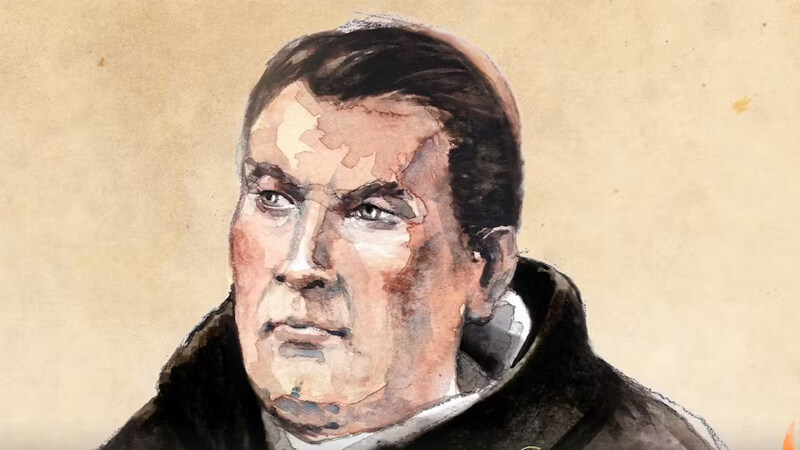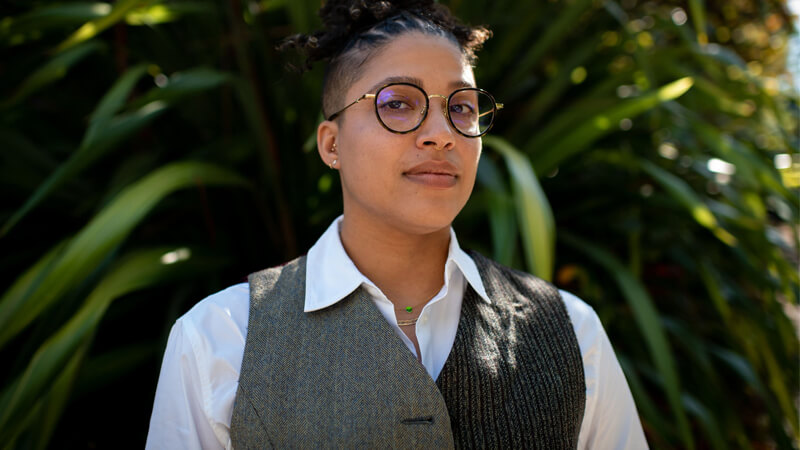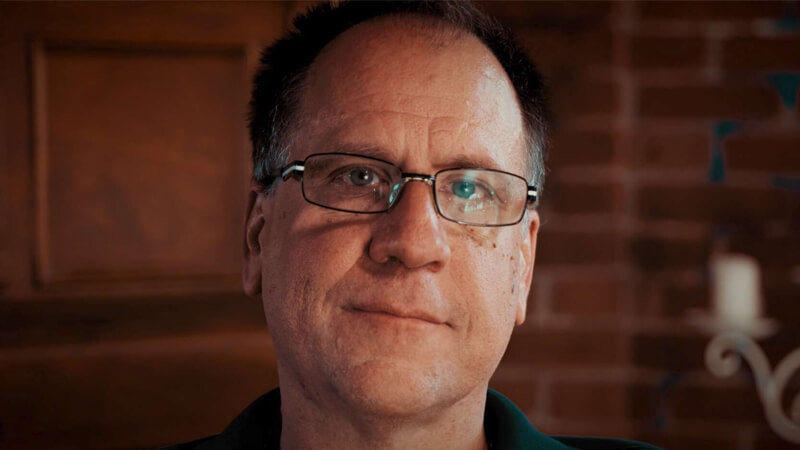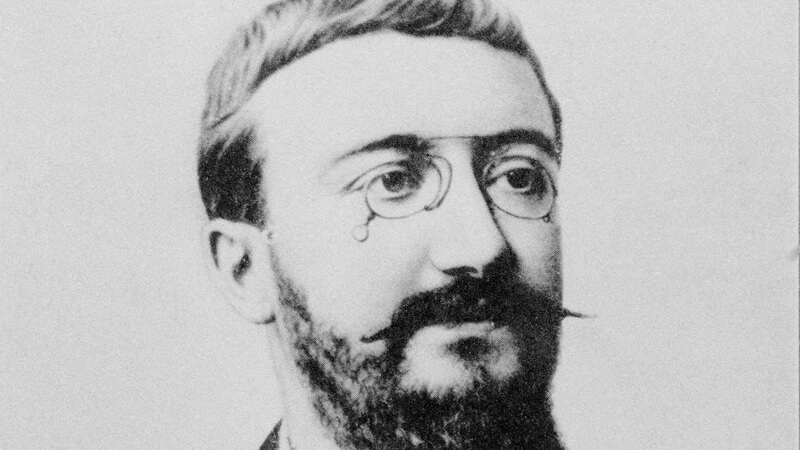Biography of Saint Thomas of Aquino:- Son of one of the most influential aristocratic families of southern Italy, he studied in Montecassino, in whose Benedictine monastery his parents wanted him to follow the ecclesiastical career. Later he moved to Naples, where he studied arts and theology and came into contact with the Order of Brother Preachers.
Biography of Saint Thomas of Aquino
- Born:- 1225, Roccasecca, Italy
- Died:- 7 March 1274, Fossanova Abbey, Italy
- Feast:- 28 January (7 March, until 1969)
- Education:- University of Paris, University of Naples Federico II
In 1243 he manifested his desire to enter the Order, but his family strongly opposed it, and even his mother obtained the permission of Frederick II to have his two brothers, members of the imperial army, detained Thomas.
See Also: Biography of Victor Hugo
This happened in Acquapendente in May 1244, and the saint remained in the castle of Santo Giovanni for a year. After a complaint of John the Teutonic, general of the Dominicans, to Federico II, this one agreed that Thomas was released.
He was then allowed to move to Paris, where he remained from 1245 to 1256, when he obtained a master’s degree in theology.
During these years he was in the care of St. Albert the Great , with whom he established a lasting friendship. In addition to the fact that they both belonged to the Dominican Order, they were joined by an open and tolerant but not uncritical view of the new Greco-Arabic knowledge, which at that time came massively to Western universities and centers of culture.
After doctoring, he occupied one of the chairs reserved for the Dominicans, a task that was compatible with the writing of his first works, in which he began to distance himself from the theological mainstream, derived from the teachings of St. Augustine of Hippo.
In 1259 he returned to Italy, where he remained until 1268 in the service of the pontifical court as instructor and consultant to the Pope, whom he accompanied on his travels.
During these years he wrote several commentaries to the Pseudo-Dionysius and to Aristotle , he finalized the Summa against the gentiles , a work in which he reviewed critically the philosophies and theologies present throughout history, and began writing his capital work, The Summa Theologia , in which it was occupied between 1267 and 1274 and that represents the last compendium of all his thought.
Thomas Aquinas was able to solve the crisis produced in Christian thought by Averroism, an interpretation of Aristotelian thought that emphasized the independence of the sense-guided understanding and posed the problem of double truth, that is, the contradiction of the truths of the understanding and those of revelation.
In opposition to this thesis, defended at the University of Paris by Siger de Brabant , he affirmed the necessity of both being compatible, therefore, proceeding from God, could not enter into contradiction; both truths should be complementary, so that those of a supernatural order should be known by revelation, while those of a natural order would be accessible by the understanding; philosophy and theology are, therefore, distinct and complementary, both being rational, since theology rationally deduces from the revealed premises.
Halfway between Augustinian spiritualism and the emergent naturalism of Averroism, he defended a moderate realism, for which universals (abstract concepts) exist essentially in re (in things) and only formally post rem (in the understanding).
Ultimately, Thomas Aquinas found a way to reconcile the revaluation of the material world that was lived in the West with the dogmas of Christianity, through an intelligent and well-locked interpretation of Aristotle.




